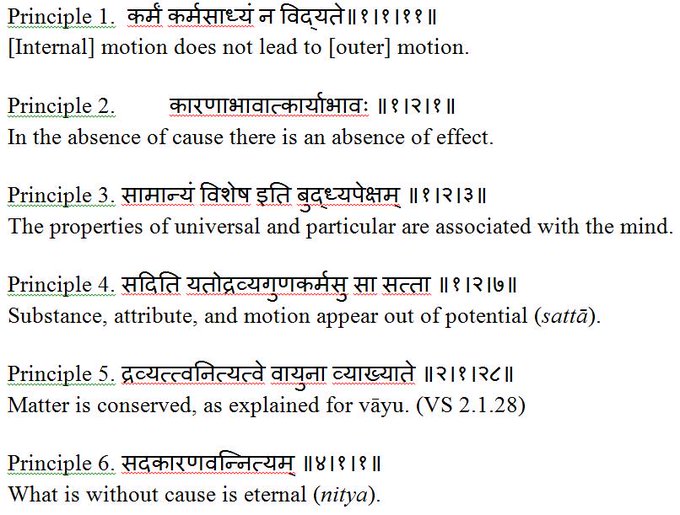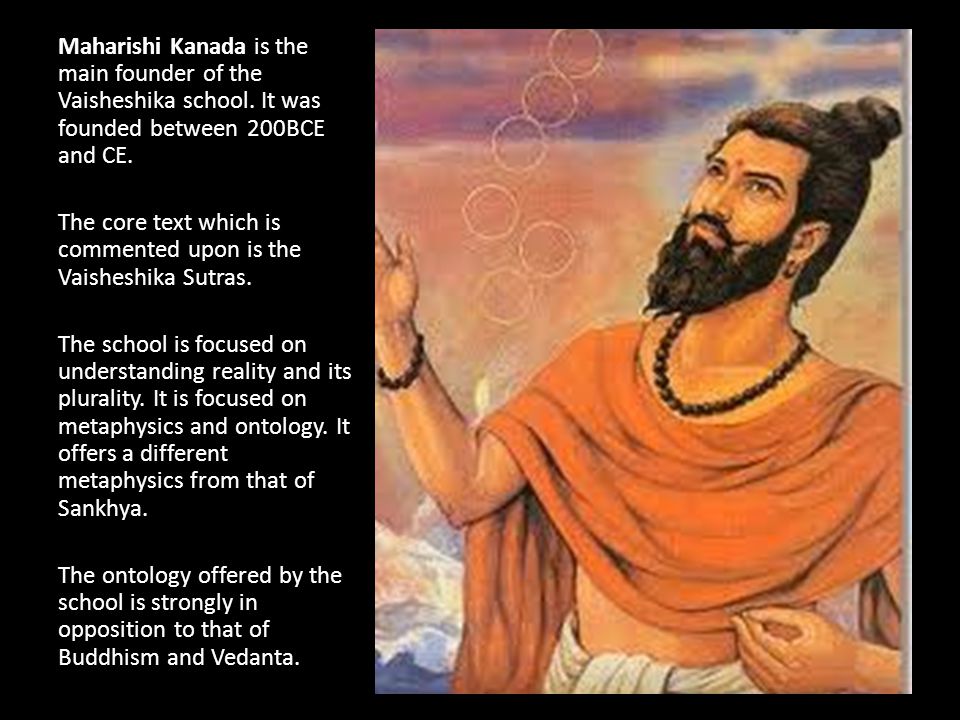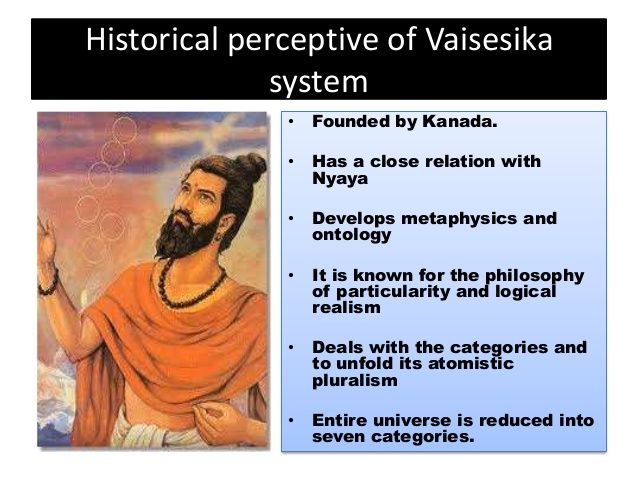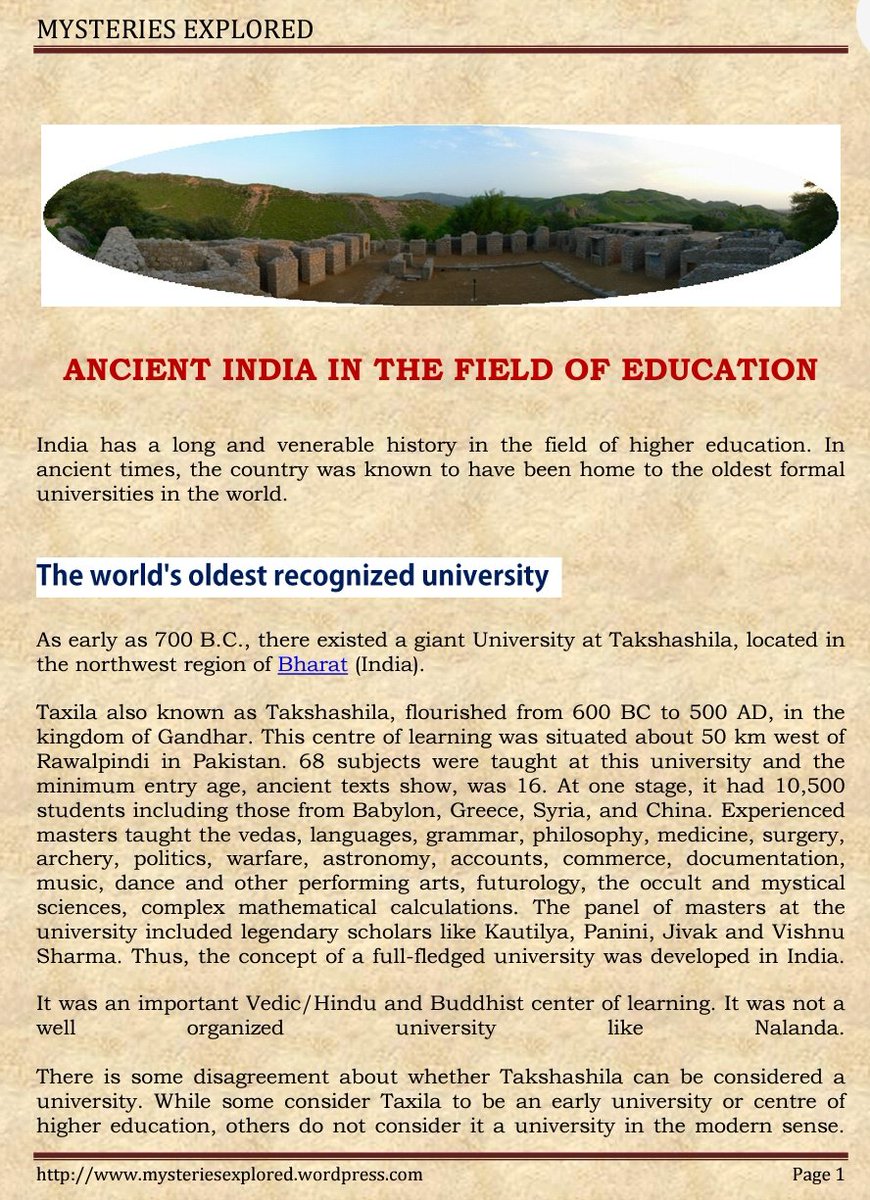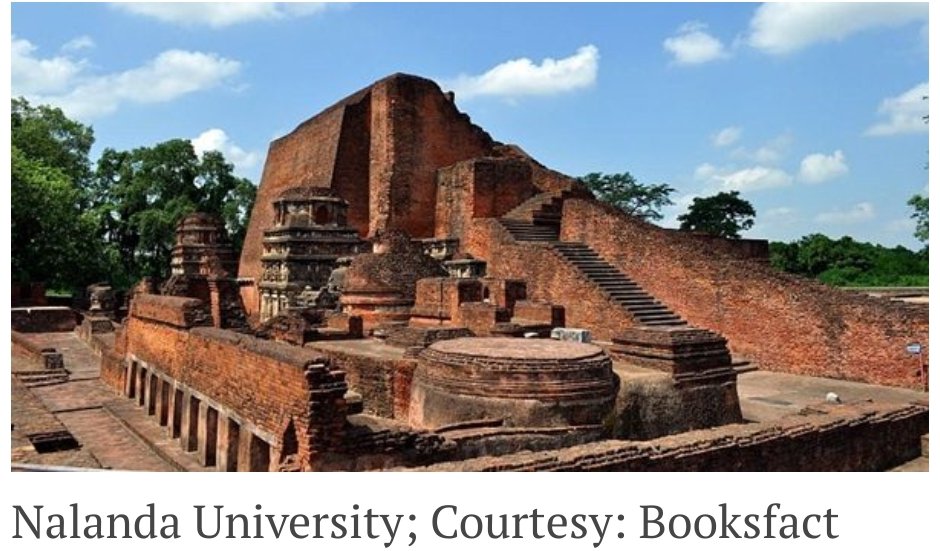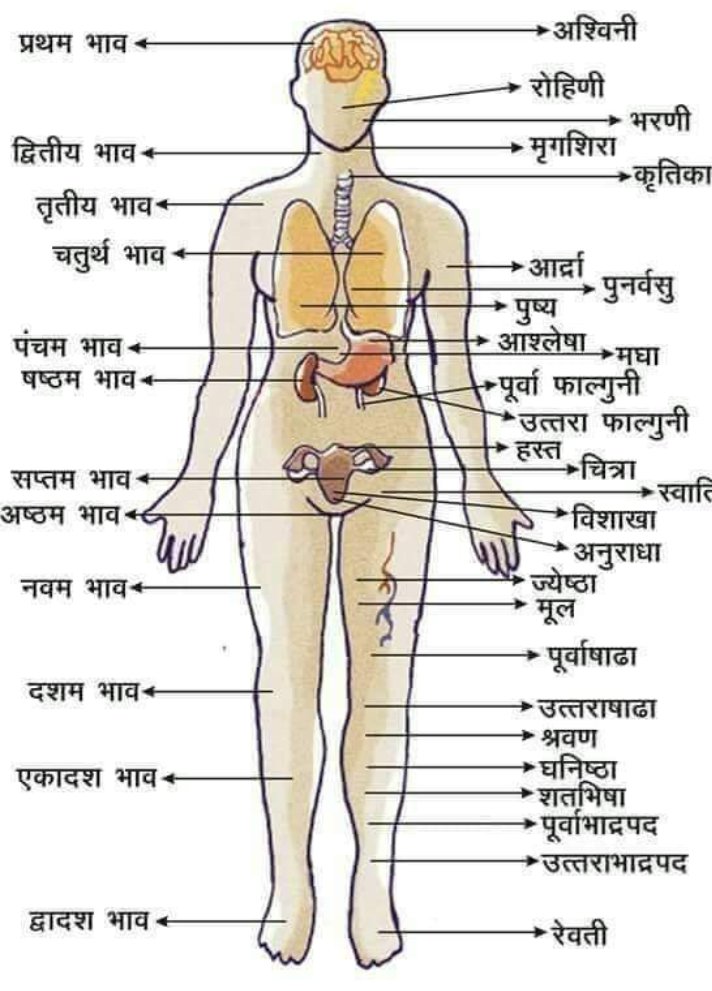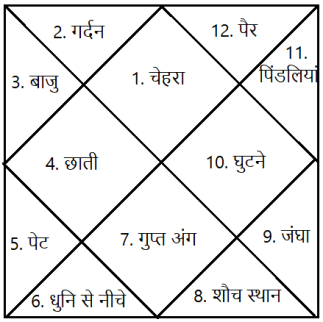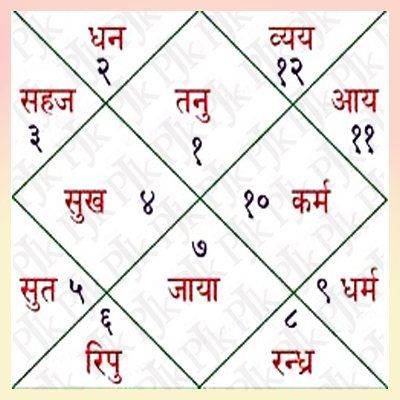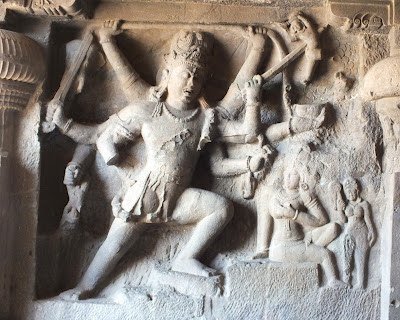Disclaimer: I have tagged a few creators ONLY as References & examples for the points mentioned.
How do Content Creators actually make money?
Here are 10 ways:
A THREAD
#threadsbyAP
Disclaimer: I have tagged a few creators ONLY as References & examples for the points mentioned.
Lately Facebook has also started doing this.
This model provides good revenue for the creators.
Creators are able to generate royalties from platforms where the music is published.
Mumbiker Nikhil @emNikhil launched Label MN & more recently Prajakta Koli @iamMostlySane launched her Mostly Sane merch!
They are able to sell this to their audience.
@gumroad is a popular platform used by many creators for selling their eBooks, etc.
These are delivered to the audience in the form of cohort-based courses, pre-recorded courses, etc.
You often see a JOIN button below a YT video, which is subscription for Premium content.
If you click on such a link & make a purchase, the Creator earns a % of the sale.
Ankur recently used this mode to generate good money for a girl’s education! #respect
You first need to BUILD A COMMUNITY! An audience that engages with you, interacts with you & makes you a part of their lives.
Content Creation as a career - the UNTOLD REALITY you should know
— Abhishek Ponia (@AbhishekPonia) June 2, 2021
A THREAD#threadsbyAP
More from All
You May Also Like
MDZS is laden with buddhist references. As a South Asian person, and history buff, it is so interesting to see how Buddhism, which originated from India, migrated, flourished & changed in the context of China. Here's some research (🙏🏼 @starkjeon for CN insight + citations)
1. LWJ’s sword Bichen ‘is likely an abbreviation for the term 躲避红尘 (duǒ bì hóng chén), which can be translated as such: 躲避: shunning or hiding away from 红尘 (worldly affairs; which is a buddhist teaching.) (https://t.co/zF65W3roJe) (abbrev. TWX)
2. Sandu (三 毒), Jiang Cheng’s sword, refers to the three poisons (triviṣa) in Buddhism; desire (kāma-taṇhā), delusion (bhava-taṇhā) and hatred (vibhava-taṇhā).
These 3 poisons represent the roots of craving (tanha) and are the cause of Dukkha (suffering, pain) and thus result in rebirth.
Interesting that MXTX used this name for one of the characters who suffers, arguably, the worst of these three emotions.
3. The Qian kun purse “乾坤袋 (qián kūn dài) – can be called “Heaven and Earth” Pouch. In Buddhism, Maitreya (मैत्रेय) owns this to store items. It was believed that there was a mythical space inside the bag that could absorb the world.” (TWX)
1. LWJ’s sword Bichen ‘is likely an abbreviation for the term 躲避红尘 (duǒ bì hóng chén), which can be translated as such: 躲避: shunning or hiding away from 红尘 (worldly affairs; which is a buddhist teaching.) (https://t.co/zF65W3roJe) (abbrev. TWX)
2. Sandu (三 毒), Jiang Cheng’s sword, refers to the three poisons (triviṣa) in Buddhism; desire (kāma-taṇhā), delusion (bhava-taṇhā) and hatred (vibhava-taṇhā).
These 3 poisons represent the roots of craving (tanha) and are the cause of Dukkha (suffering, pain) and thus result in rebirth.
Interesting that MXTX used this name for one of the characters who suffers, arguably, the worst of these three emotions.
3. The Qian kun purse “乾坤袋 (qián kūn dài) – can be called “Heaven and Earth” Pouch. In Buddhism, Maitreya (मैत्रेय) owns this to store items. It was believed that there was a mythical space inside the bag that could absorb the world.” (TWX)



